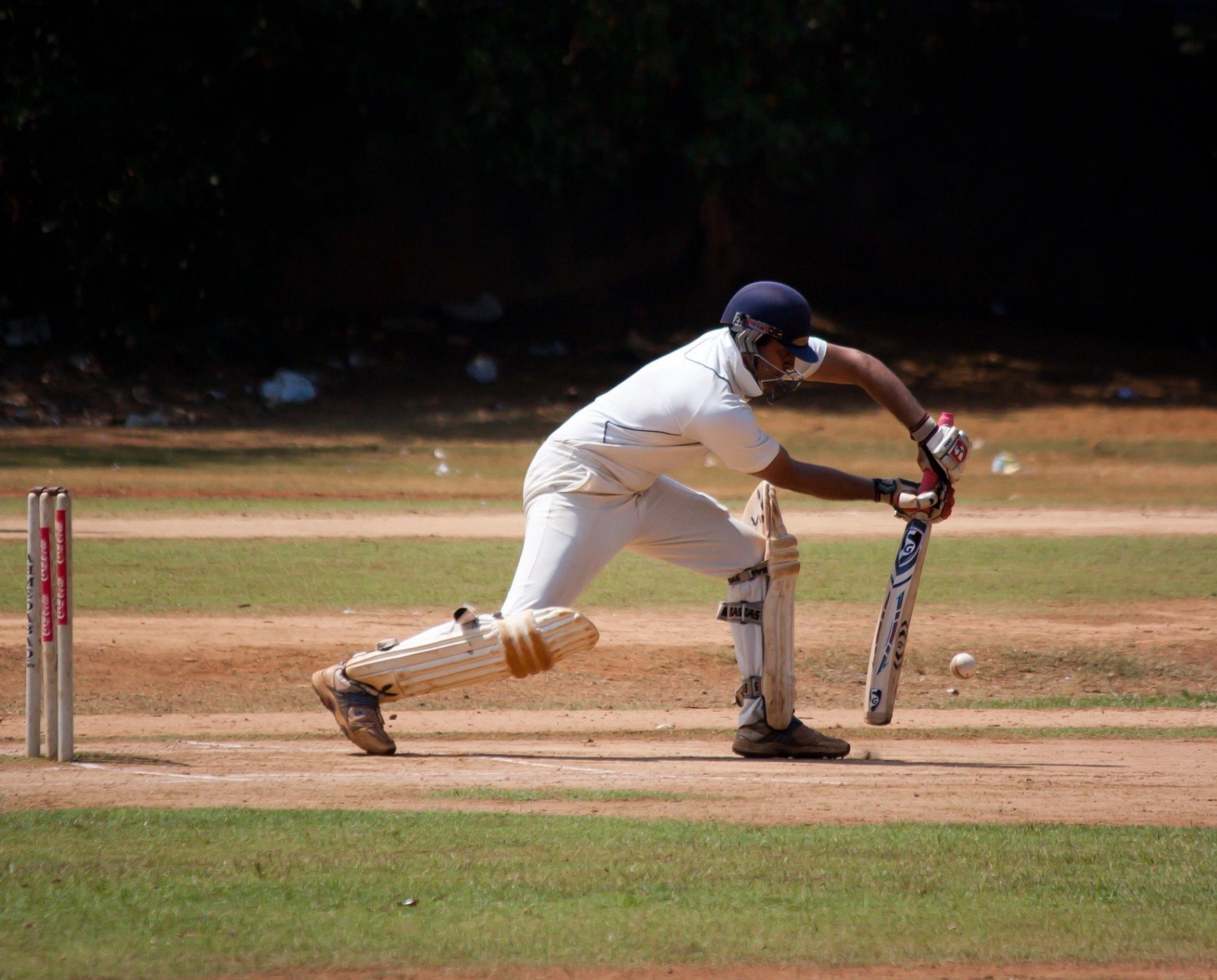It is that time of the year for sports lovers, especially those who follow cricket, where there’ll be continued intense action for a couple of weeks. It’s the season of another trophy happening this year, which is the Champions Trophy, where only the top 8 teams as per their standings in the World Cup 2023 have qualified for this tournament.
Now, you might be wondering what Climate change has to do with cricket as a sport, isn’t it?
One of the interesting aspects of this sport is batting. Most followed stars in the sport are batters known for their penchant for high scores or hitting long boundaries. All of this has been possible, because of the Bat they use, made of wood.
And this wood is where all the problem starts when it comes to climate change.
The cricket bat is made of timber wood, but not from any common tree which we see. Because the bat needs to be light but at the same time should be able to whack the ball weighing close to 160 grams, sometimes travelling at 140+ kmph for long boundaries or defending the ball when needed, all the time making sure your bat doesn’t vibrate and cause injuries to your elbow.
And this is where the wood from trees from specially grown regions in the southern UK or southern parts of Kashmir are used, also known as willow. As a matter of fact, there is always an argument about which region’s wood is better for batting but that’s a topic for another day.
The reason why the wood (willow) from these regions is used is because of the soil and also the weather. In these regions, the summers tend to be warm where the trees grow a lot and experience cold winters which inhibit the tree growth, particularly the strengthening of the tree wood. These cycles should consistently last for 15–20 years after which the grown wood would be used for making the bats. Maybe with shorter periods and different variations of wood, bats could be made and sold but they may not be effective at professional levels.
Now with rising temperatures, the quality of wood grown in these regions has come down due to which the bat manufacturers are finding it difficult to meet the market demand. The trees are growing faster but the strengthening of the trees that will happen during winter is missing. Due to this, the grade of the bats is becoming lower. The closer, slower rate of growth that gives you that closer grain is becoming less common.
Grading is done on a cosmetic basis, but the farmers are starting to see more wide-grain timber, which is traditionally not as sought after.
And in Kashmir, where the trees related to cricket bats are grown along the banks of the Jhelum River faced floods in 2015, which has impacted their business for 20 years from then.
Are there any alternatives to this material?
There are alternatives which a few cricketers and companies have explored in the past, but they all have been banned like Australian fast bowler Dennis Lillee’s aluminium blade (banned), Ricky Ponting’s graphite-reinforced willow (banned) and Gray-Nicolls’ carbon fibre infused handle (banned). The reasons are that they give the batter a huge advantage in power-hitting compared to the existing material, completely changing the sport dynamics.
Then there is bamboo too.
Bamboo cricket bats are stronger, offer a better ‘sweet-spot’ and deliver more energy to the ball than those made from traditional willow, tests by Cambridge researchers showed. But found it to be heavier than the willow bats. As per ESPNcricinfo, the MCC (Marylebone Crick Club), the law guardian body for the cricket sport, has turned down the idea of bats made with bamboo instead of willow, saying that it would be “illegal” under current laws, which say bats must be made only of wood and also bans lamination of the blade in bats meant for senior cricketers.
Well, the effects of climate change are not as obvious as they seem.
How do you foresee the cricket bats in the future? Do you think willow will be sustained or new material like bamboo will be allowed?

